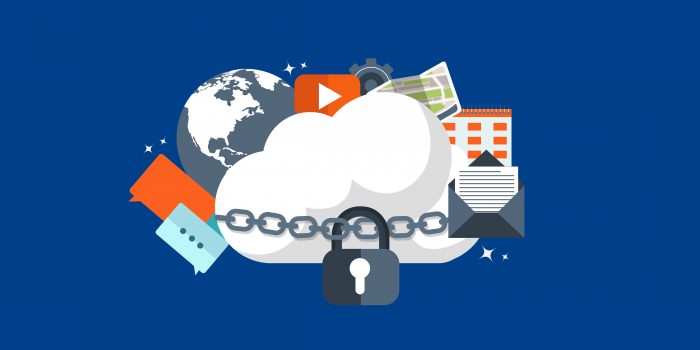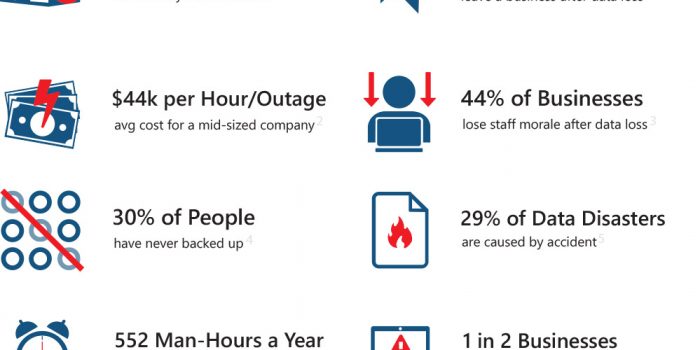

The integration of artificial intelligence (AI) and the Internet of Things (IoT) is proving to be revolutionary as businesses search for creative approaches to control energy usage. These technologies not only increase energy efficiency but also give businesses an opportunity for reducing expenses and decrease their environmental effect. This article examines how real-time consumption optimization using AI and IoT can be achieved by smoothly integrating them into energy systems. These tactics, including predictive analytics, automated building systems and smart grid integration, provide workable answers for any organization wishing to minimize their consumption of energy.
1. Real-Time Energy Monitoring with IoT Sensors
Knowing where and how energy is being used in real time is the first step towards energy optimization. IoT sensors provide continuous data collection throughout systems and devices, enabling organizations analyze energy usage in complete detail. Enterprises that can monitor energy in many different places (like HVAC, lighting, and industrial equipment) are able to identify inefficiencies and make immediate adjustments to avoid extravagant expenditures.
Businesses may quickly identify patterns of use by implementing IoT-based monitoring systems, which facilitates the implementation of focused energy-efficiency initiatives.
2. AI-Driven Predictive Analytics
AI could be used to assess and offer smart predictions from real-time data obtained from IoT devices. Predictive analytics generated by AI can optimize production schedules, anticipate future energy usage, and recognize equipment issues before they develop. AI, for instance, may identify peak hours, allowing enterprises to modify off-peak operations to cut expenses and energy use.
This ability lowers carbon footprints and boosts energy efficiency, each of that are in line with worldwide emissions reduction objectives.
3. Energy Efficiency in Industrial Equipment
Energy-intensive industrial processes are diverse. Corporations have the capability to improve performance and monitor energy consumption at the machine level by integrating Internet of Things sensors with industrial tools. IoT devices monitor equipment performance, identify malfunctioning devices and indicate changes to increase efficiency.
As an example, sensors can track the amount of energy powerful equipment uses and artificial intelligence can recommend operational changes to reduce consumption of electricity without decreasing performance.
4. Smart Grid Integration
Through the use of smart grids, organizations can engage in dynamic interactions with energy providers, modifying their usage in response to actual data on energy availability, pricing, and demand. Businesses might profit from real-time energy pricing and load balancing when they interact with smart grids, which will allow them to use energy more affordably and efficiently.
5. AI for Energy Forecasting and Planning
Corporations may organize their energy consumption with accurate energy forecasts, preventing overspending and energy waste. Artificial intelligence (AI) tools evaluate past data to forecast future energy requirements, enabling businesses to schedule peak times and modify operations appropriately.
By incorporating a proactive stance, businesses can lower their risk of grid overload and avoid energy usage spikes. It also ensures that energy is used efficiently, which promotes environmentally friendly programs.
6. Energy Storage and Load Shifting
Organizations can store additional power for use at another moment with energy storage equipment like batteries, which is particularly valuable at times when energy demand is high. Energy storage can be managed more efficiently to reduce reliance on grid power during peak times when combined with AI and IoT advances in technology. Corporations that use renewable energy sources, like solar or wind power, can benefit especially from these systems, which let them to store extra energy generated during off-peak hours and use it during periods of higher energy demand.
Tesla’s Megapack project in South Australia is a prime example of an enterprise implementing renewable energy storage technology. Large-scale storage batteries will be used in this project to store extra energy produced by wind farms during peak times. When there is a significant demand for energy, this stored energy is subsequently released, providing a constant supply of energy even in the absence of active power generation from renewable sources, like in calm or windless conditions. By optimizing energy use and addressing grid instability, the Powerpack not only maintains the grid but also lowers energy costs and supports the use of energy sources that are renewable.
7. AI-Powered Dashboards for Energy Management
Optimal energy management involves a single dashboard that incorporates information from AI analytics and Internet of Things sensors. These dashboards give organizations real-time insights into energy usage, enabling them to analyze results, keep an eye on spending and make data-driven decisions.
Through individual alerts and comprehensive information, enterprises may make required modifications to their energy plans to increase efficiency and decrease waste.
An exciting new chapter in energy management is being launched in by the integration of artificial intelligence and the internet of things. These developments are not only transforming how organizations track and manage their energy usage, but they are also helping them in conforming with global environmental goals. Organizations can expect to save energy expenses, maximize resource use and significantly decrease their carbon footprint through the implementation of AI and IoT at scale.
Organizations using AI and IoT technology earnings not only from monetary savings but also from their environmental impact in a world where energy conservation is growing more and more important. With the use of these advances, companies may maintain operational excellence while lowering emissions, increasing energy efficiency, and achieving sustainability goals. The future of energy management lies in the seamless integration of AI and IoT, and those that embrace these technologies today will be the ones leading the way towards a greener and more efficient future.
The opportunities for innovation are virtually limitless for as long as organizations continue to explore and implementing these tactics into practice. The future of energy management can be influenced by AI and IoT, which provide up the opportunity to more economical, efficient and sustainable operations across a range of industries. Corporations are able to reduce their energy footprint and help create a more sustainable future through the use of smart energy storage, predictive maintenance, and real-time energy monitoring.





